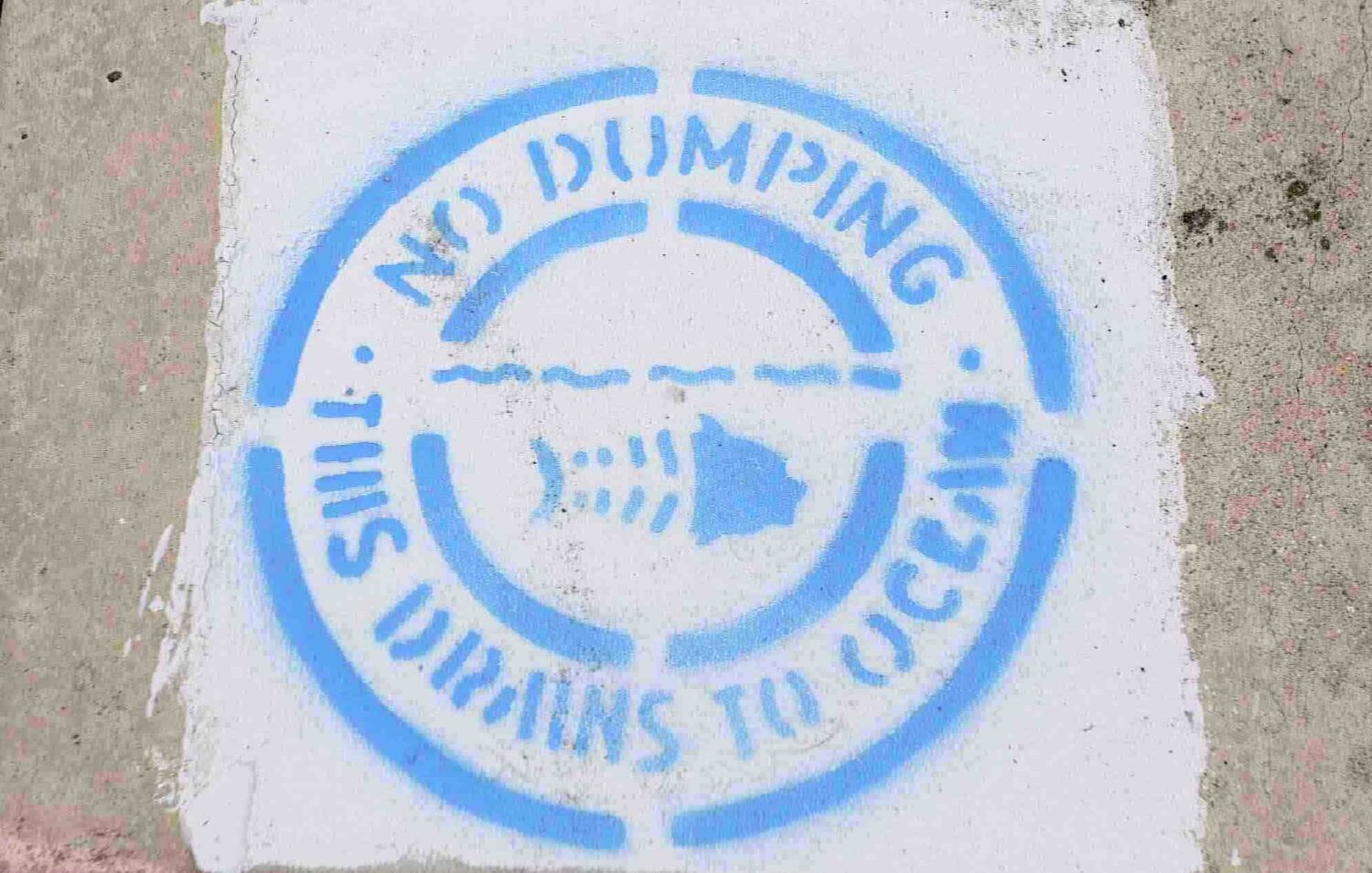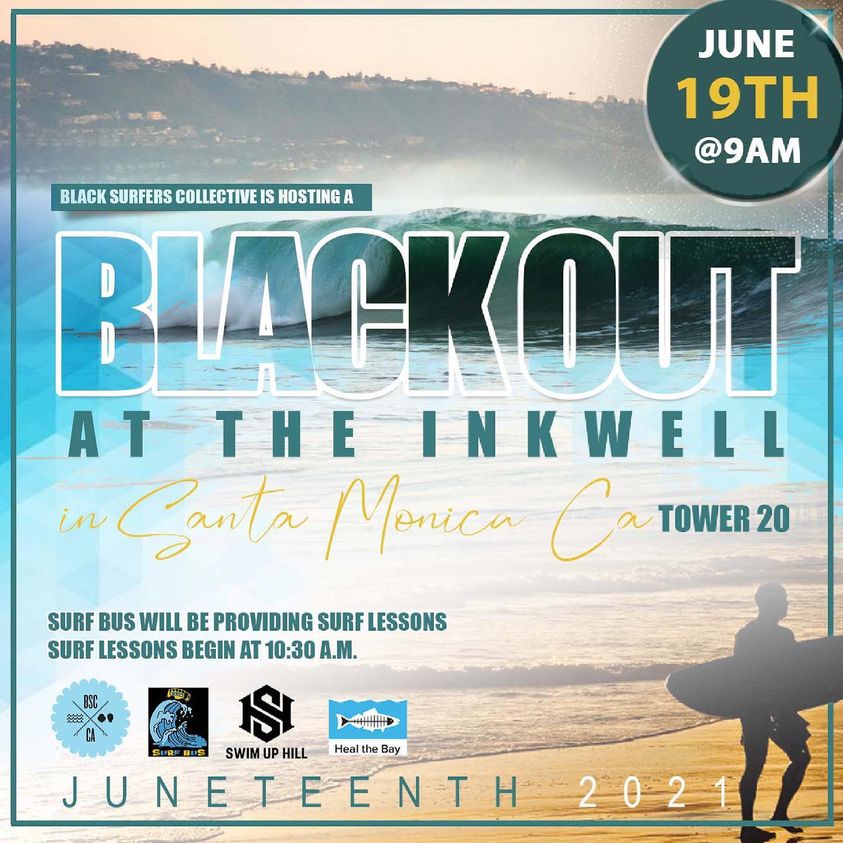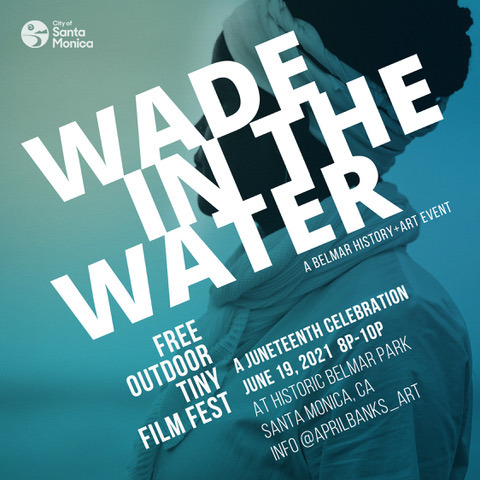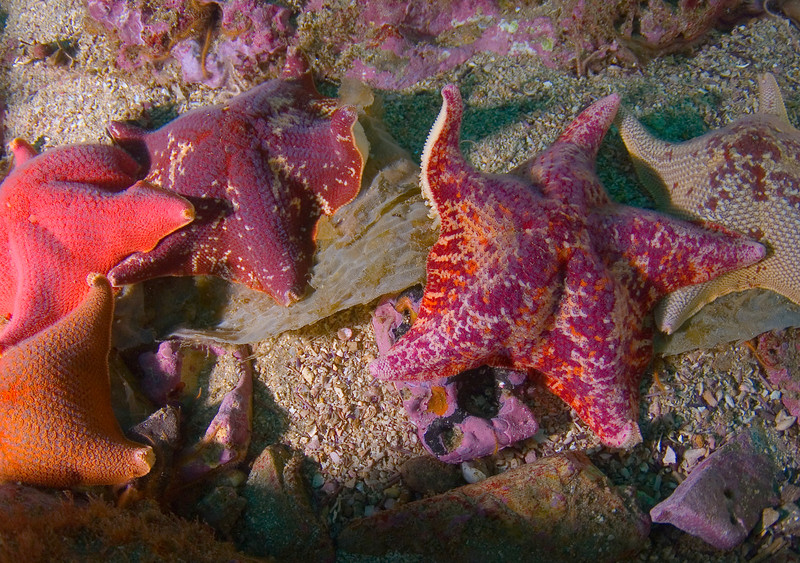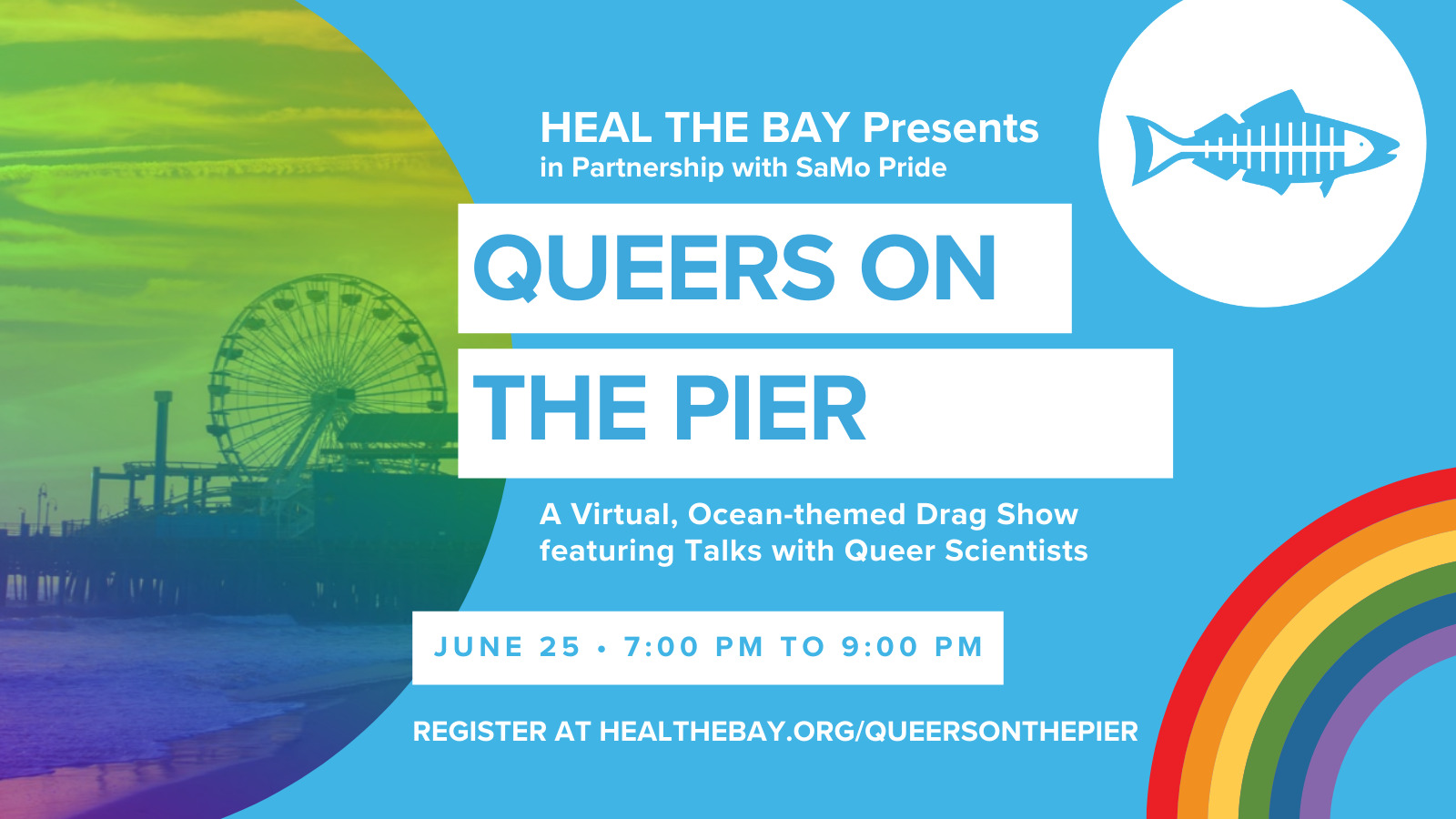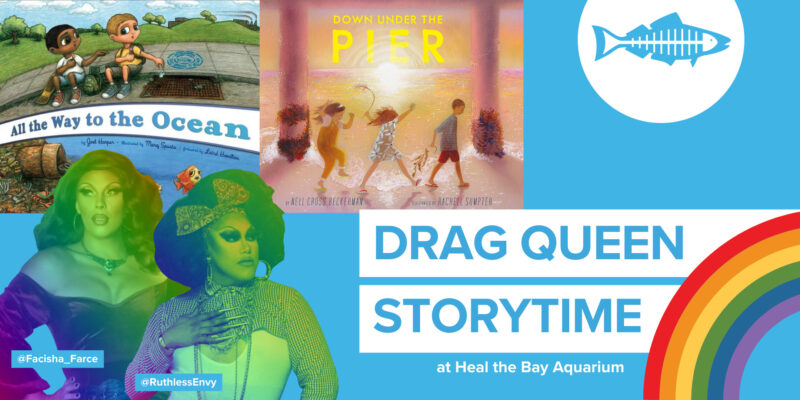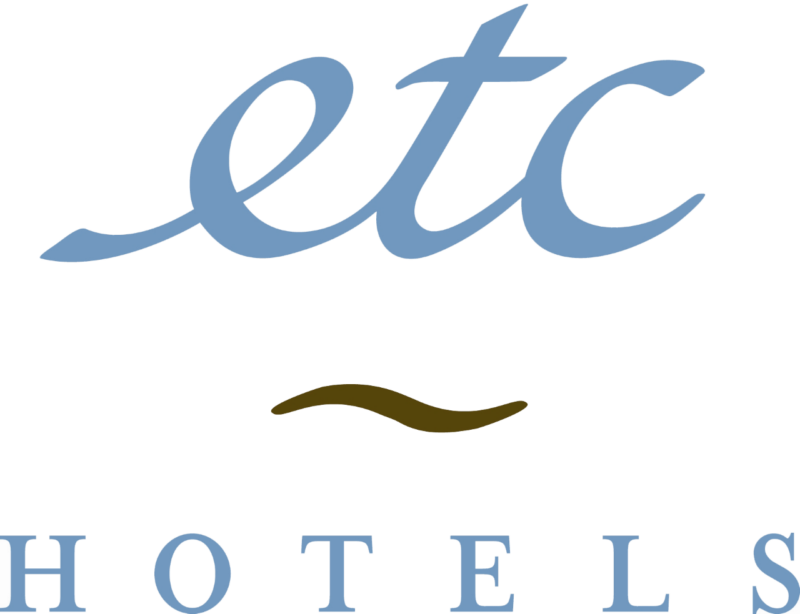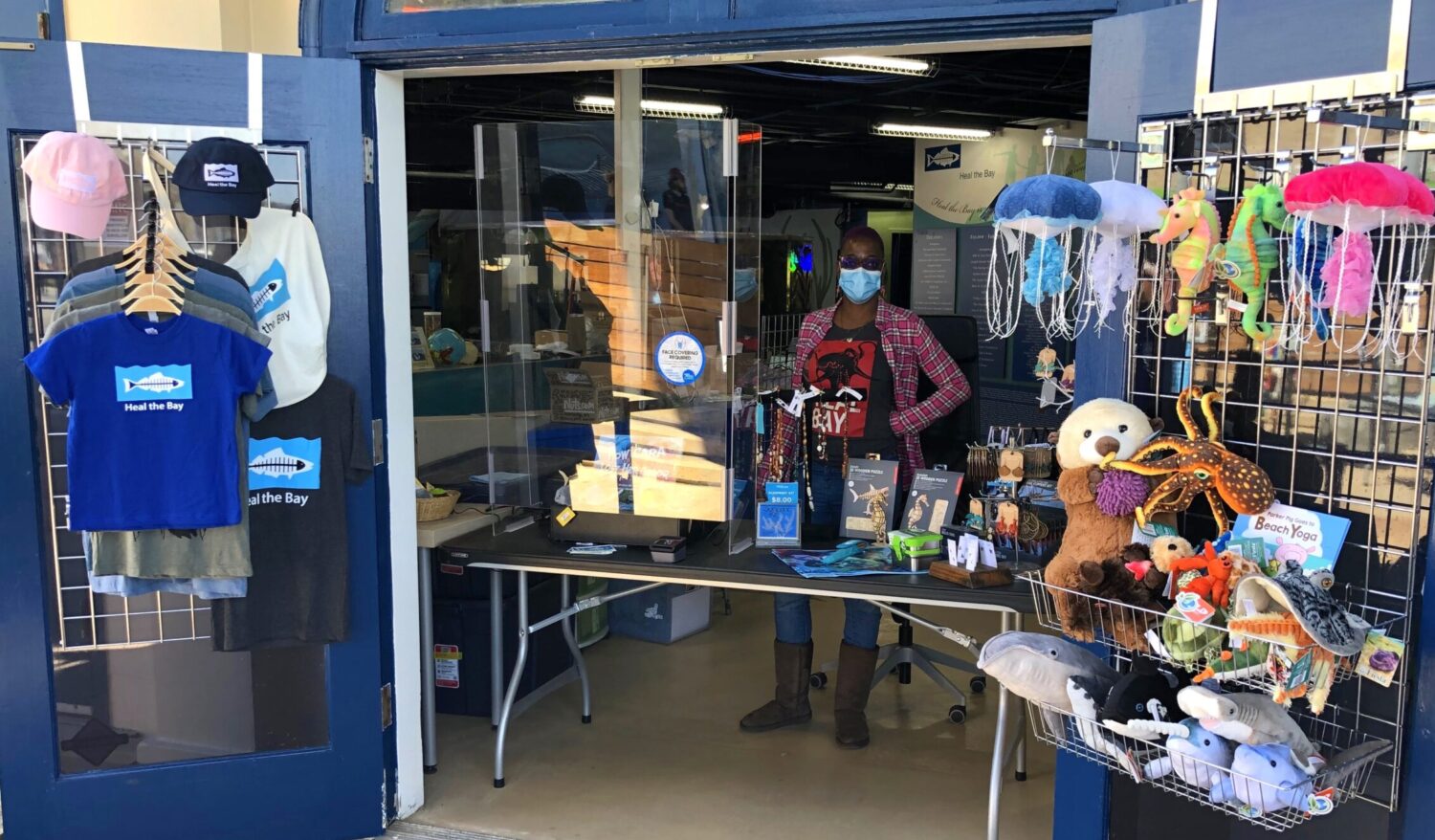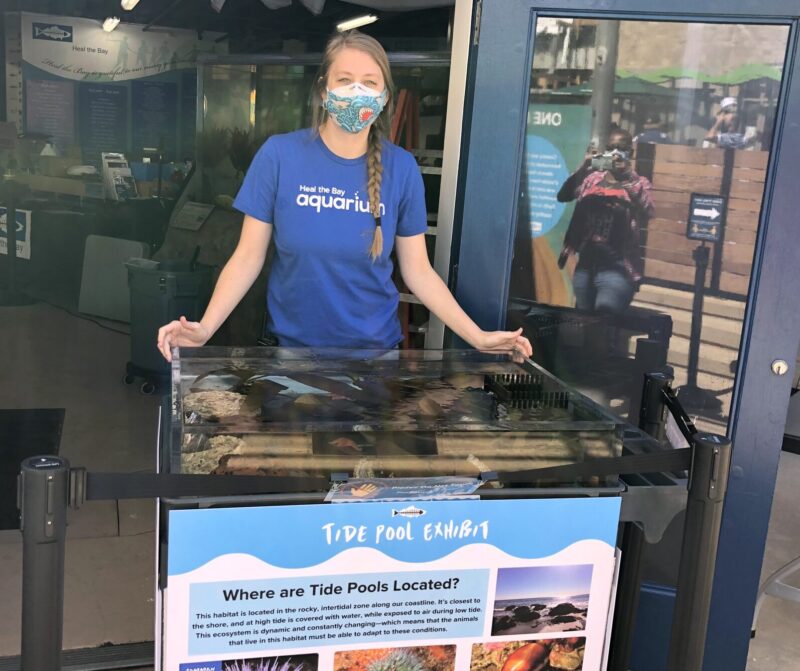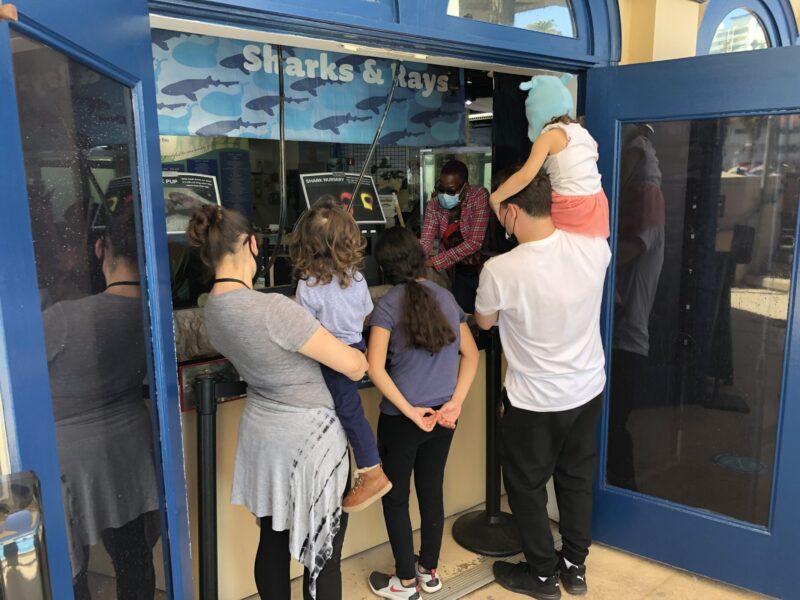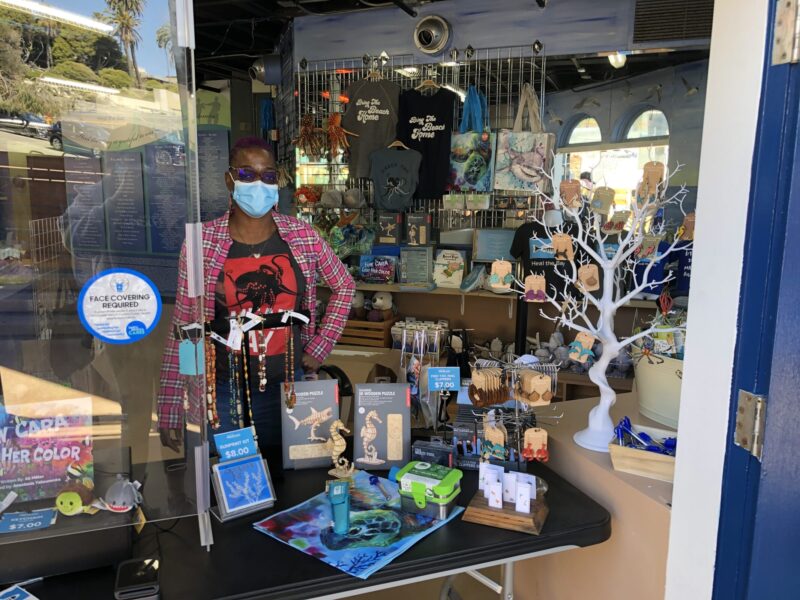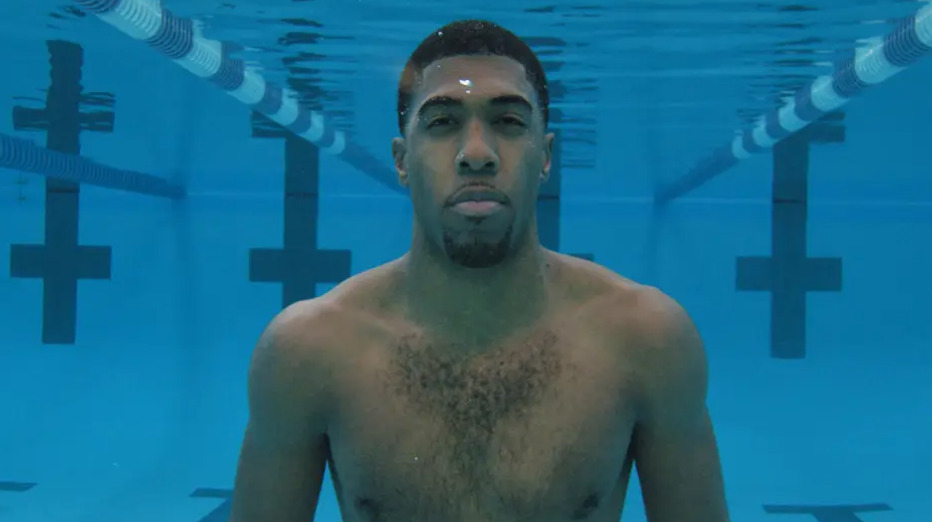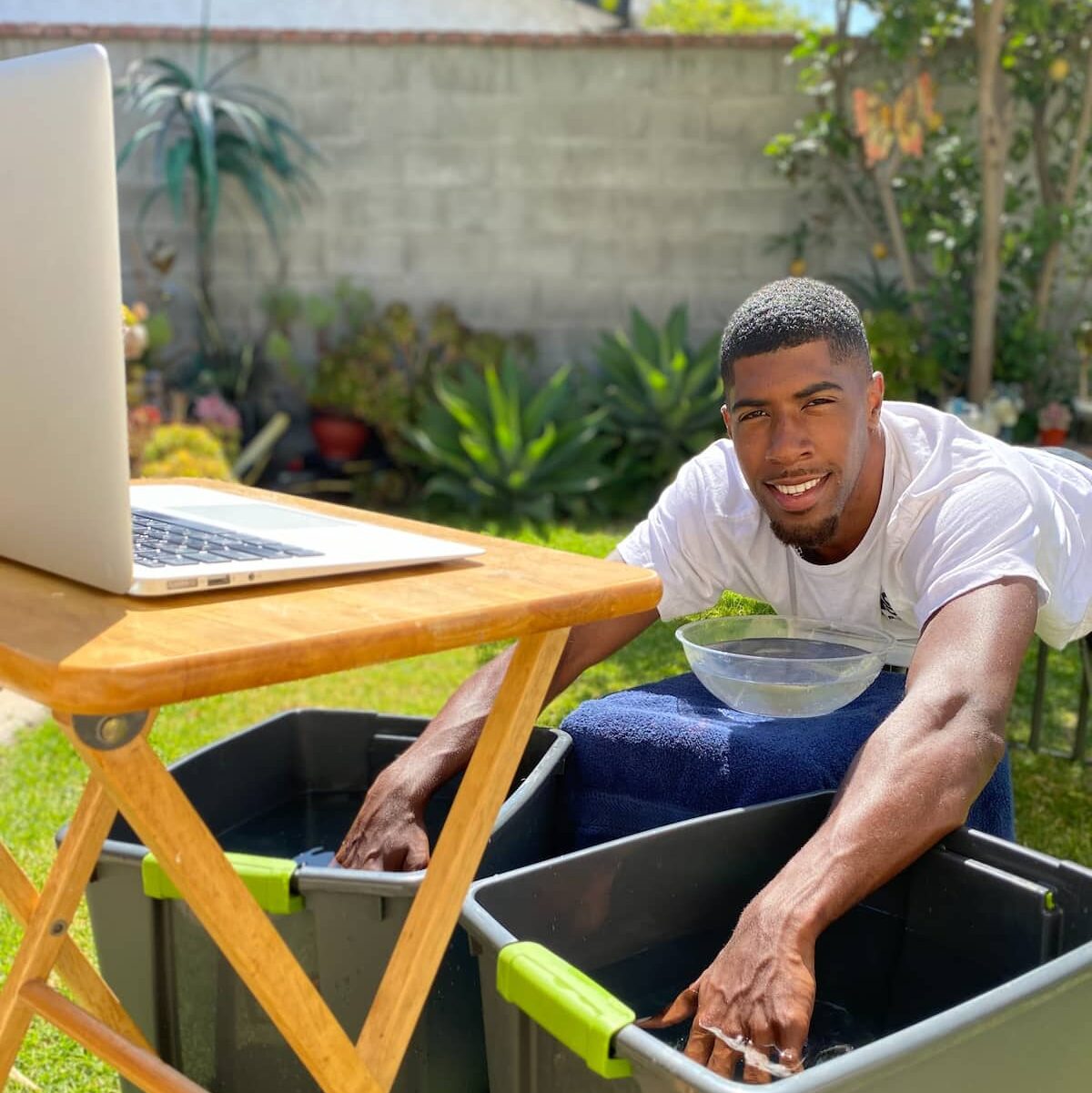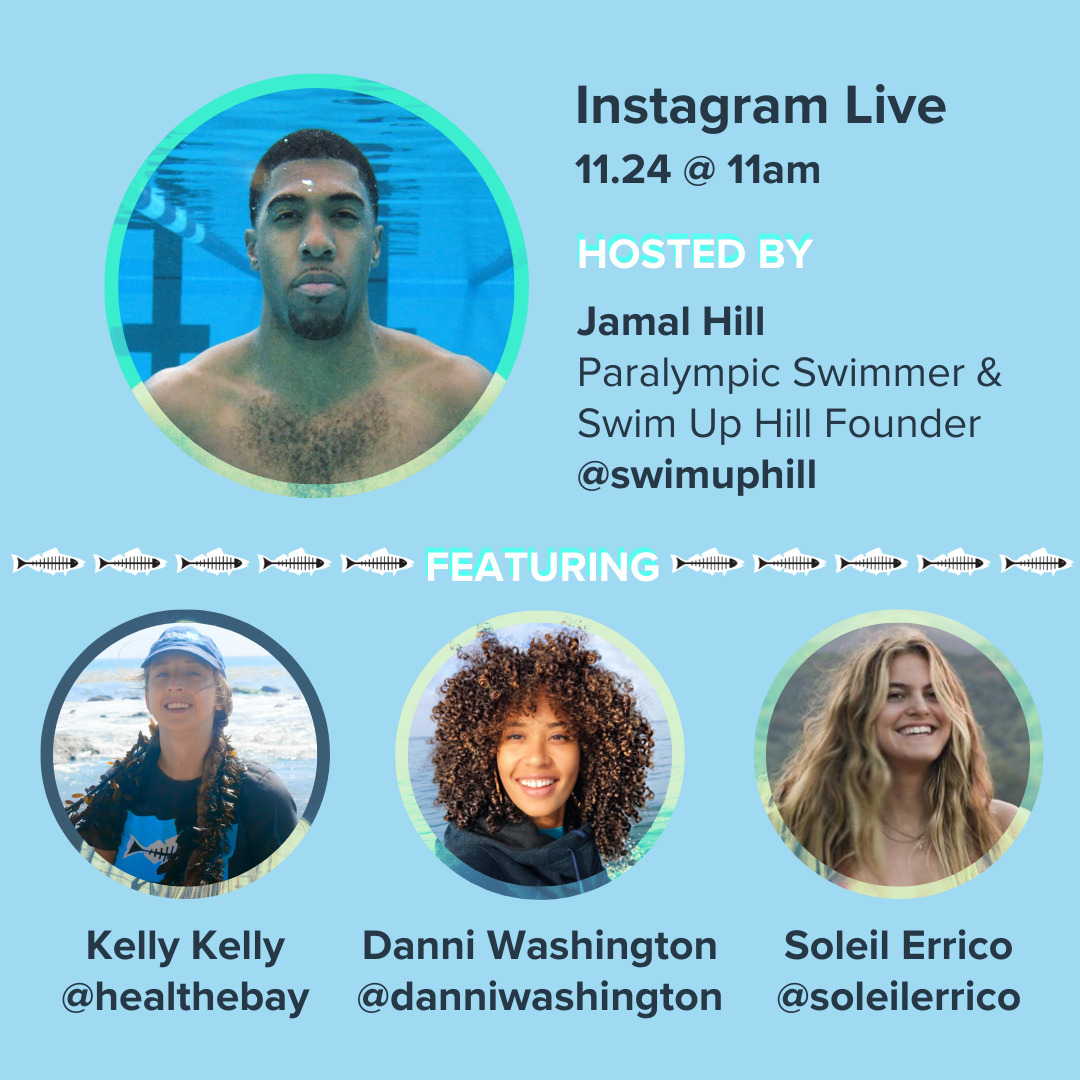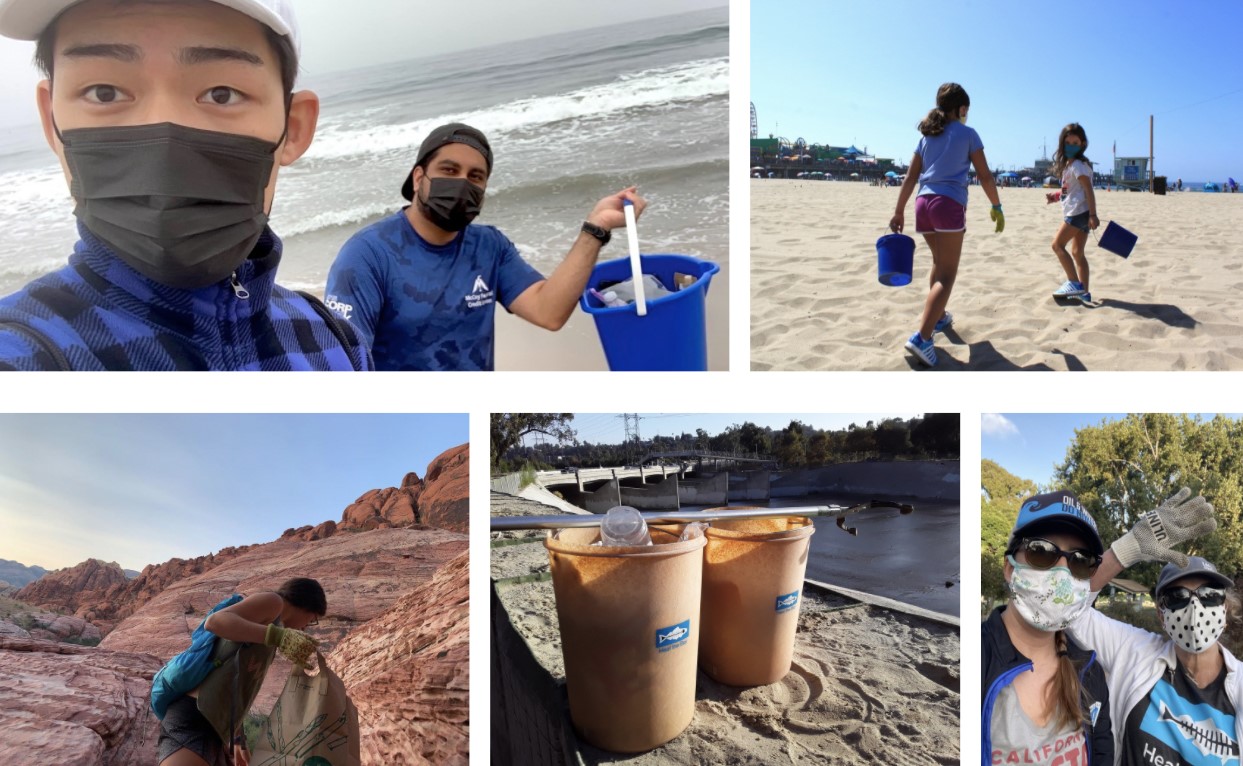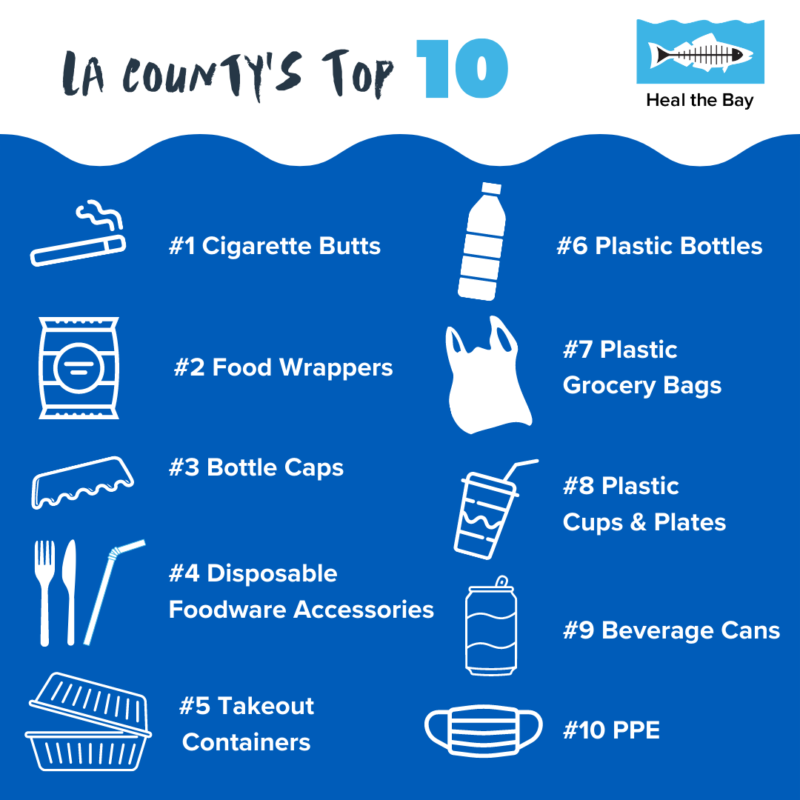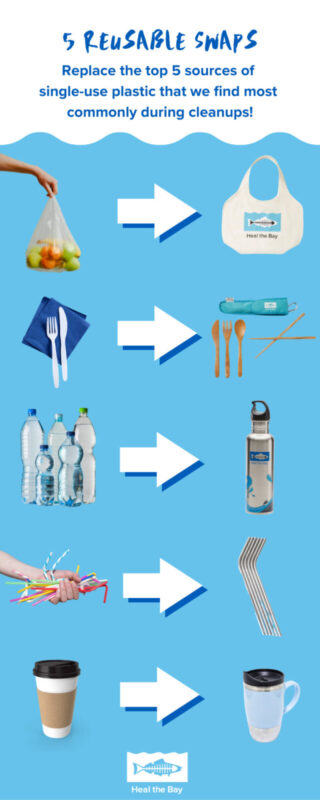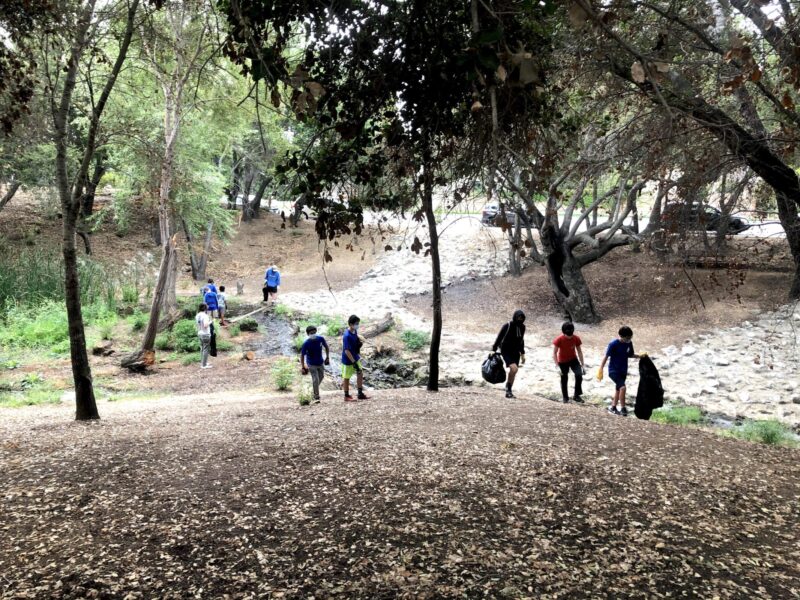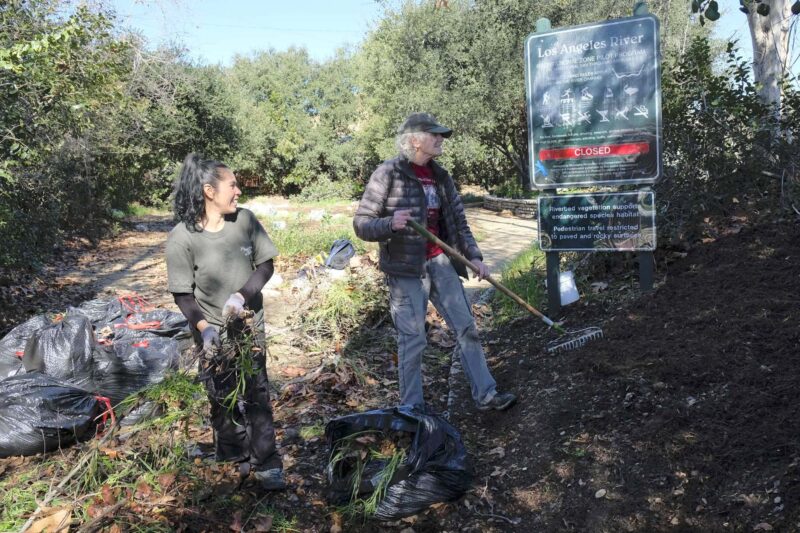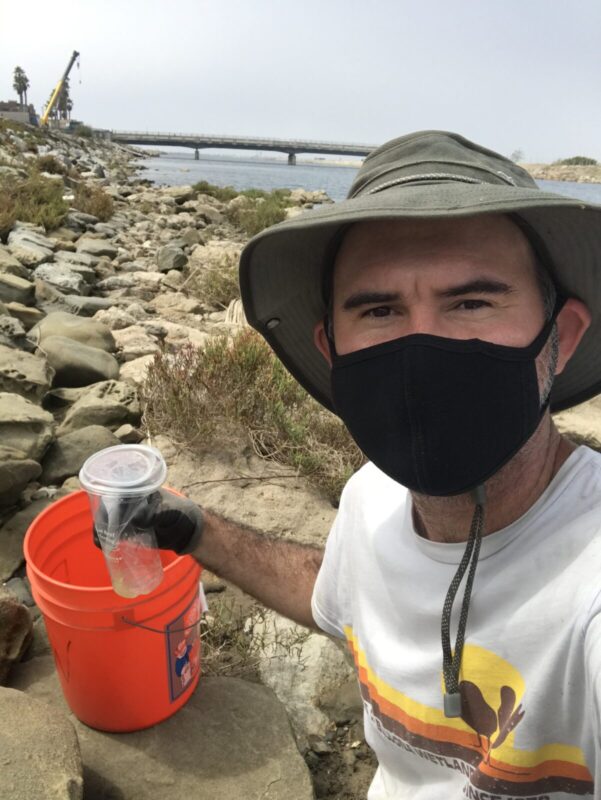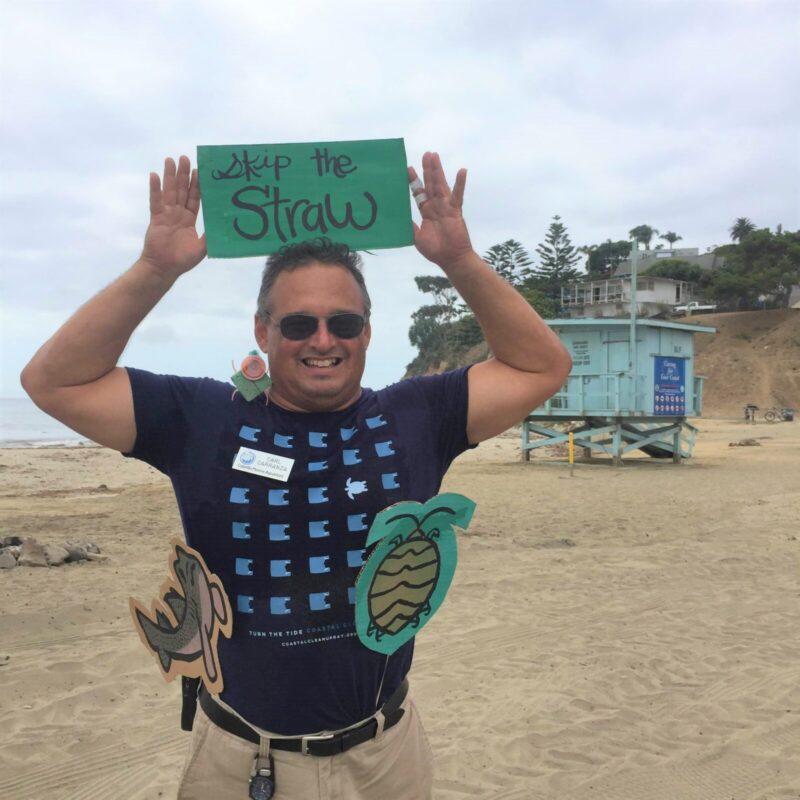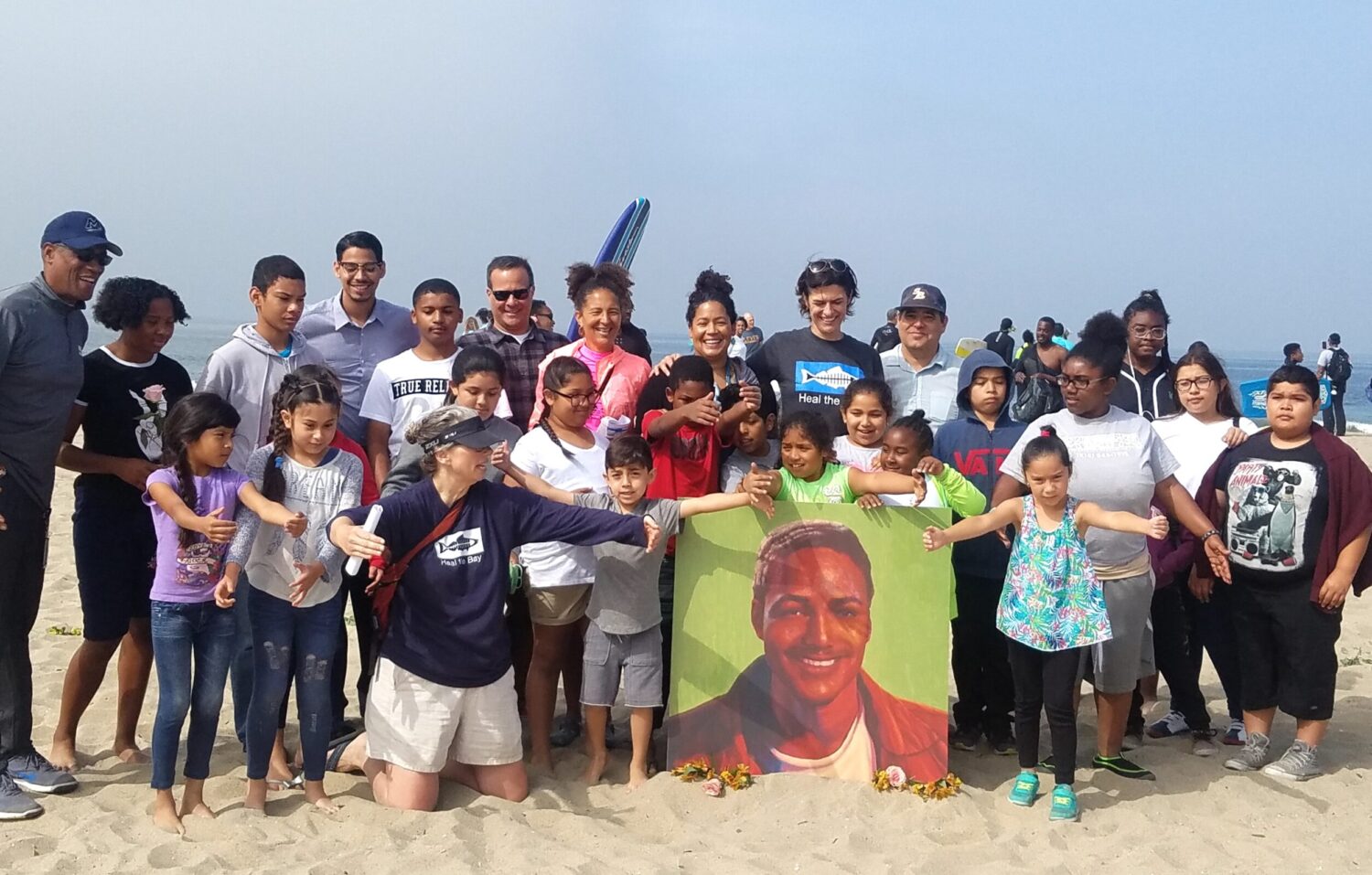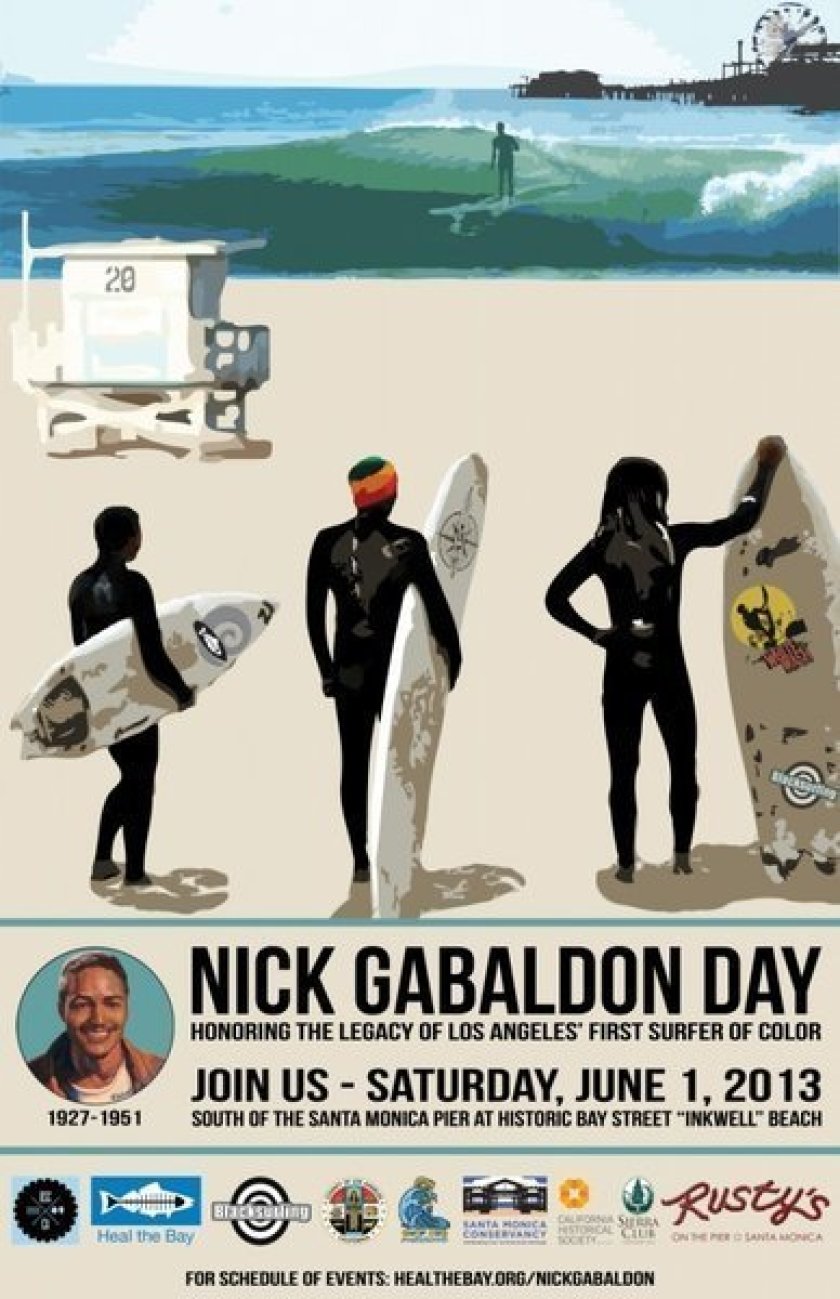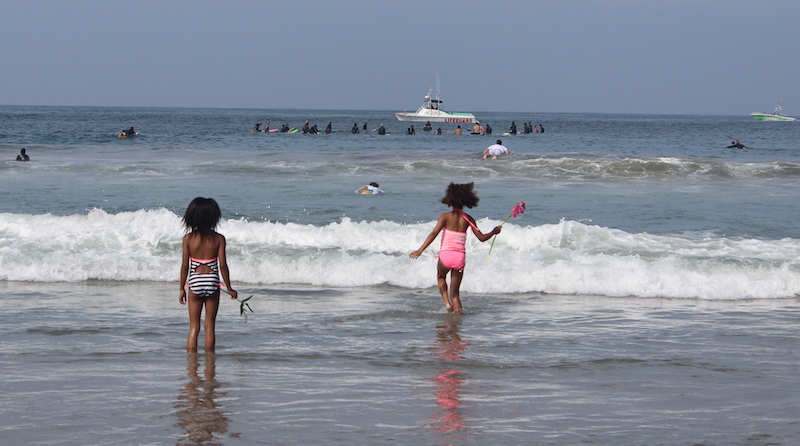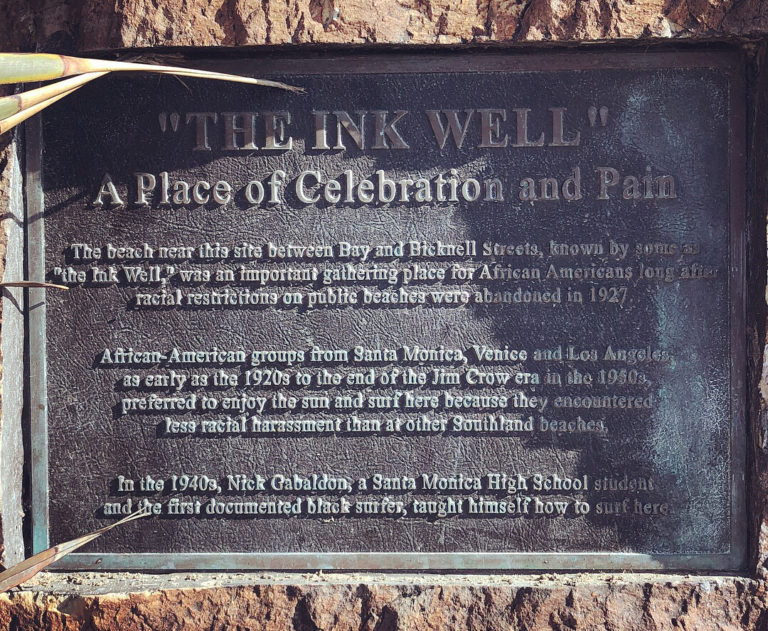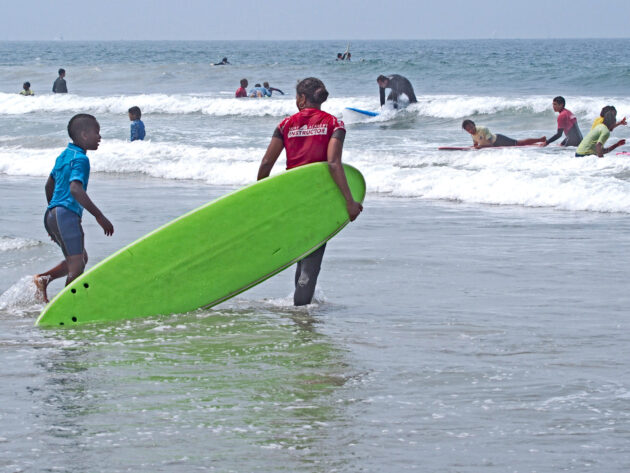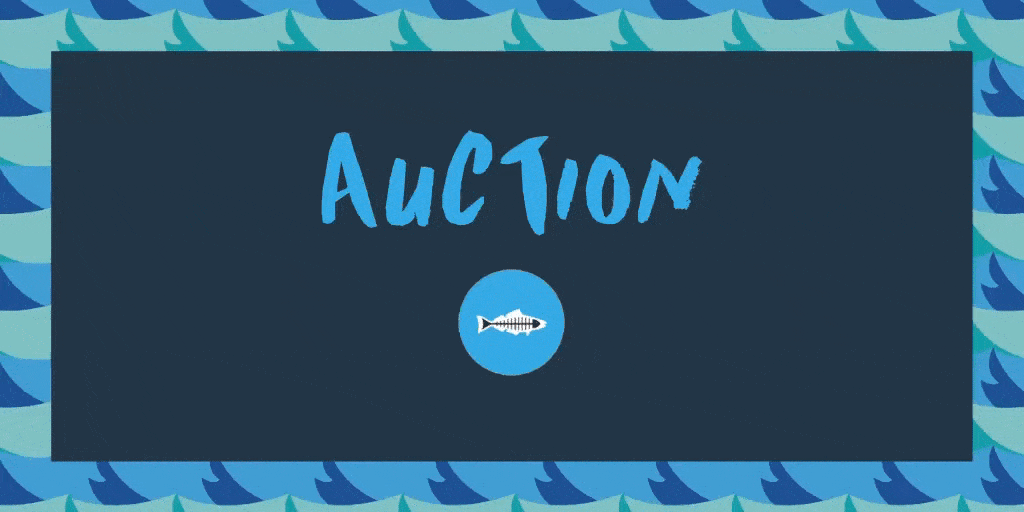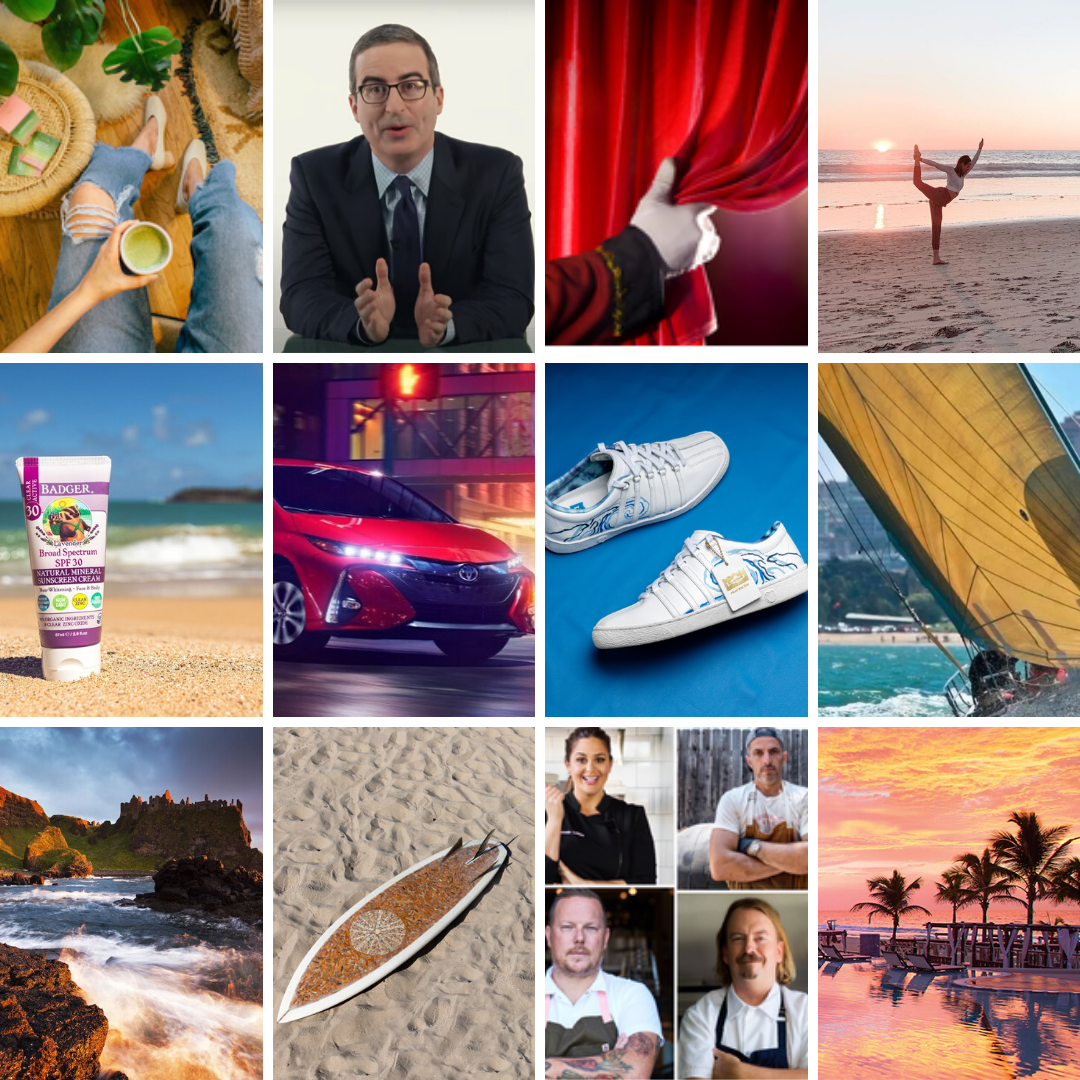The Los Angeles Regional Board has neglected their mission – to protect and enhance our water resources – by making polluting easier for stormwater dischargers rather than requiring action. It’s time to remind them of their responsibility to regulate stormwater pollution and protect LA communities. Register for our Stormwater Advocacy Training on Wednesday, June 30 at 6PM.
Under the Clean Water Act (CWA), pollution runoff into surface waters like rivers, lakes, and oceans must be reduced to protect both public and environmental health. Although the CWA is federal law, most of the work to implement and enforce this law is delegated to local agencies. In the Los Angeles area, this work falls to the Los Angeles Regional Water Quality Control Board (Regional Board).
The discharge of polluted stormwater in Los Angeles is regulated by the Regional Board through the Municipal Separate Storm Sewer System (MS4) Permit. Cities and Counties are permittees under the MS4 Permit, and are responsible for their polluted stormwater runoff. This MS4 Permit has the potential to be incredibly impactful when it comes to reducing water pollution in LA because it not only addresses the main source (stormwater), but it also covers a total of 99 permittees – the Counties of LA and Ventura, LA County Flood Control District, Ventura County Watershed Protection District, and the 95 cities that fall within the boundaries of the LA Regional Board.

Los Angeles Regional Water Quality Control Board jurisdictional boundaries.
The MS4 permit is updated every five years; however, the last permit was approved in 2012 so we are already four years behind schedule. And unfortunately, loopholes in the 2012 MS4 Permit actually allowed for degradation of our water resources over the past decade, rather than requiring the reduction of stormwater pollution, as it should have done. Leniency in the permit allowed for unacceptably slow implementation of stormwater plans, which means that surface water quality is not good in Los Angeles, it has not improved since 2012, and it has even gotten worse in some areas. This continued discharge of polluted stormwater has also not been properly enforced, providing little incentive for permittees to do better.

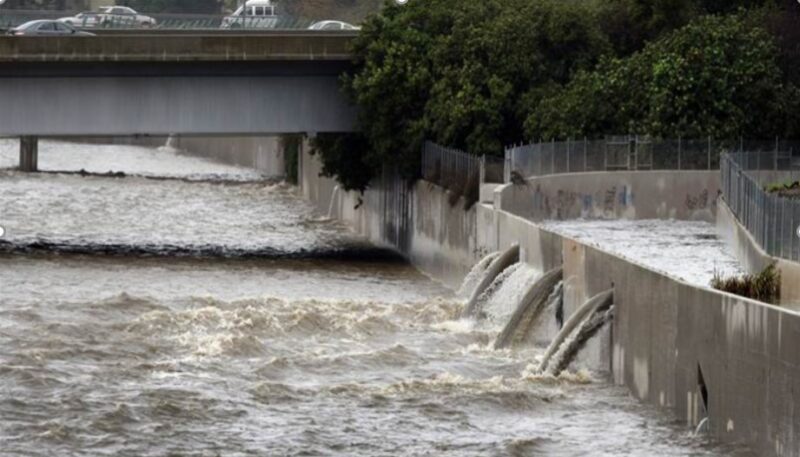
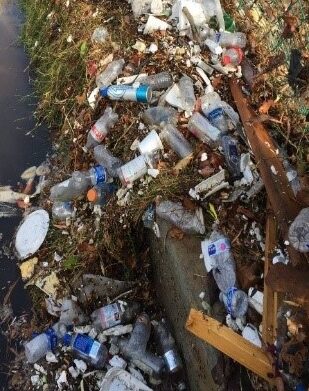
Everyone deserves safe and clean water, and a healthy environment to live in. It is the job of the Regional Board to preserve and enhance water quality in the Los Angeles Region for the benefit of present and future generations by implementing and enforcing the CWA. However, the Regional Board failed to uphold this important mission when they adopted the ineffective 2012 MS4 Permit, and more recently when they authorized multiple water quality deadline extensions.
It appears that some members of the regional board are more concerned with making compliance easier for the permittees, regardless of what that means for water quality and community health. We know that addressing stormwater pollution is no easy task. It takes significant funding and time to build projects; but even so, much more could have been done over the past 30 years. We cannot afford to allow another 30 years to pass before we start to see better water quality. We need the Regional Board to do their job to protect our waters. We are urging them to adopt a new MS4 Permit that is straightforward, measurable, multi-benefit, actionable, reinvesting in communities, and transparent – a SMMART Permit! That is the type of permit that nearly 30 community based organizations and environmental groups asked for last December when the draft permit was released. Unfortunately, the current draft of the permit mirrors that ineffective 2012 MS4 Permit, which does not satisfy these important SMMART criteria.

The good news is that Los Angeles does have the necessary tools to make great strides in reducing stormwater pollution. Cities and Counties have had over 30 years to make and adjust stormwater plans, and, even with the budget crisis brought on by the COVID-19 pandemic, there are many opportunities for project funding through local programs, state funding, and even federal funding with the new Water Infrastructure Act. The tools are available, but we need a SMMART MS4 Permit that will urge cities to pick up those tools and do something amazing with them.

Examples of multi-benefit and nature-based stormwater capture projects that can reduce stormwater pollution while also providing many other community and ecosystem investments such as recreational opportunities, climate resiliency, or new habitat open space.
The MS4 Permit must reflect the needs and priorities of our communities. That’s why we need YOU! If you did not have a chance to sing up to speak before the July 1 deadline, send your written statement to Annelisa Moe by 12:00 PM on Thursday 7/8 to have your statement read into the record for you by a Heal the Bay staff member.



